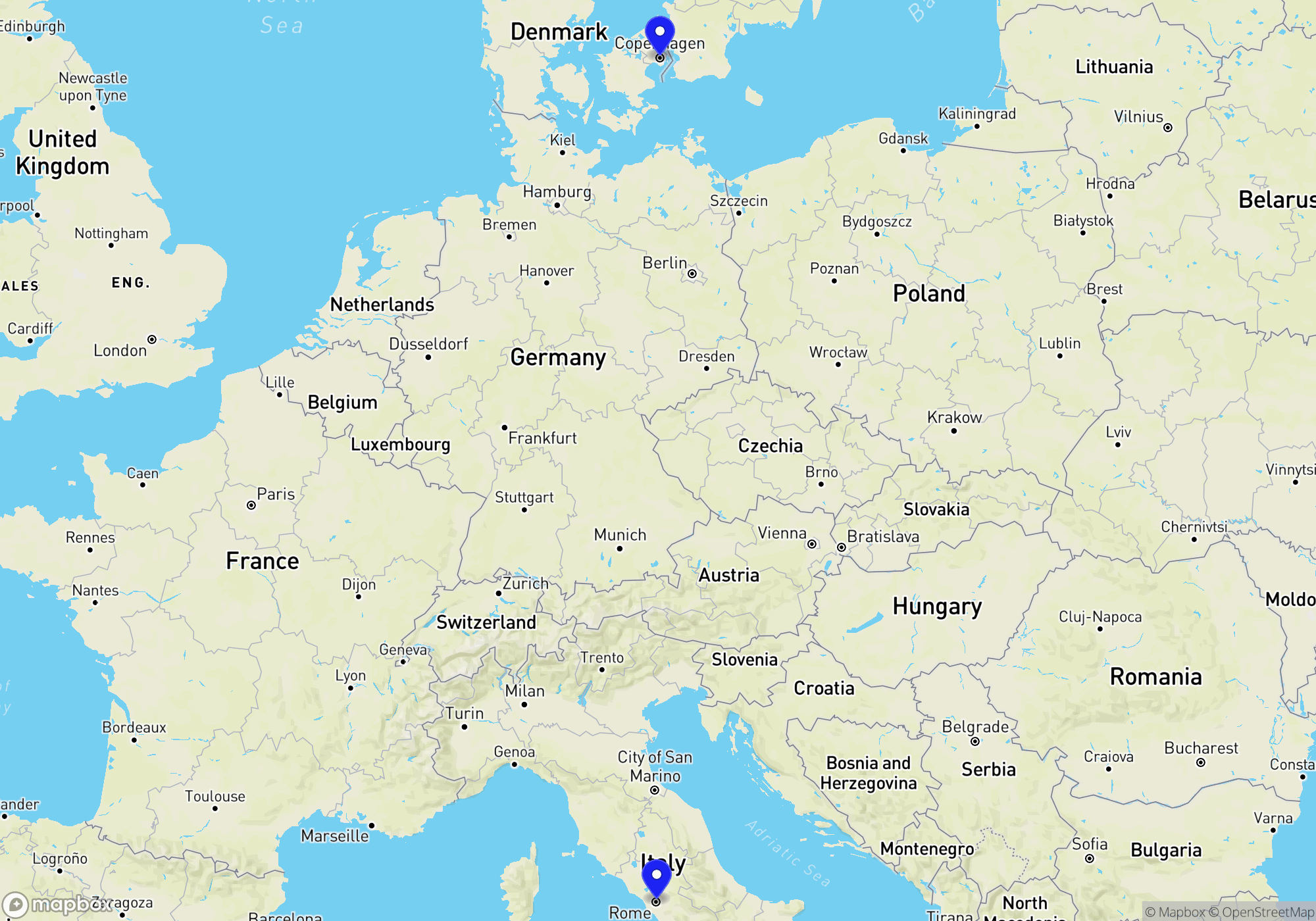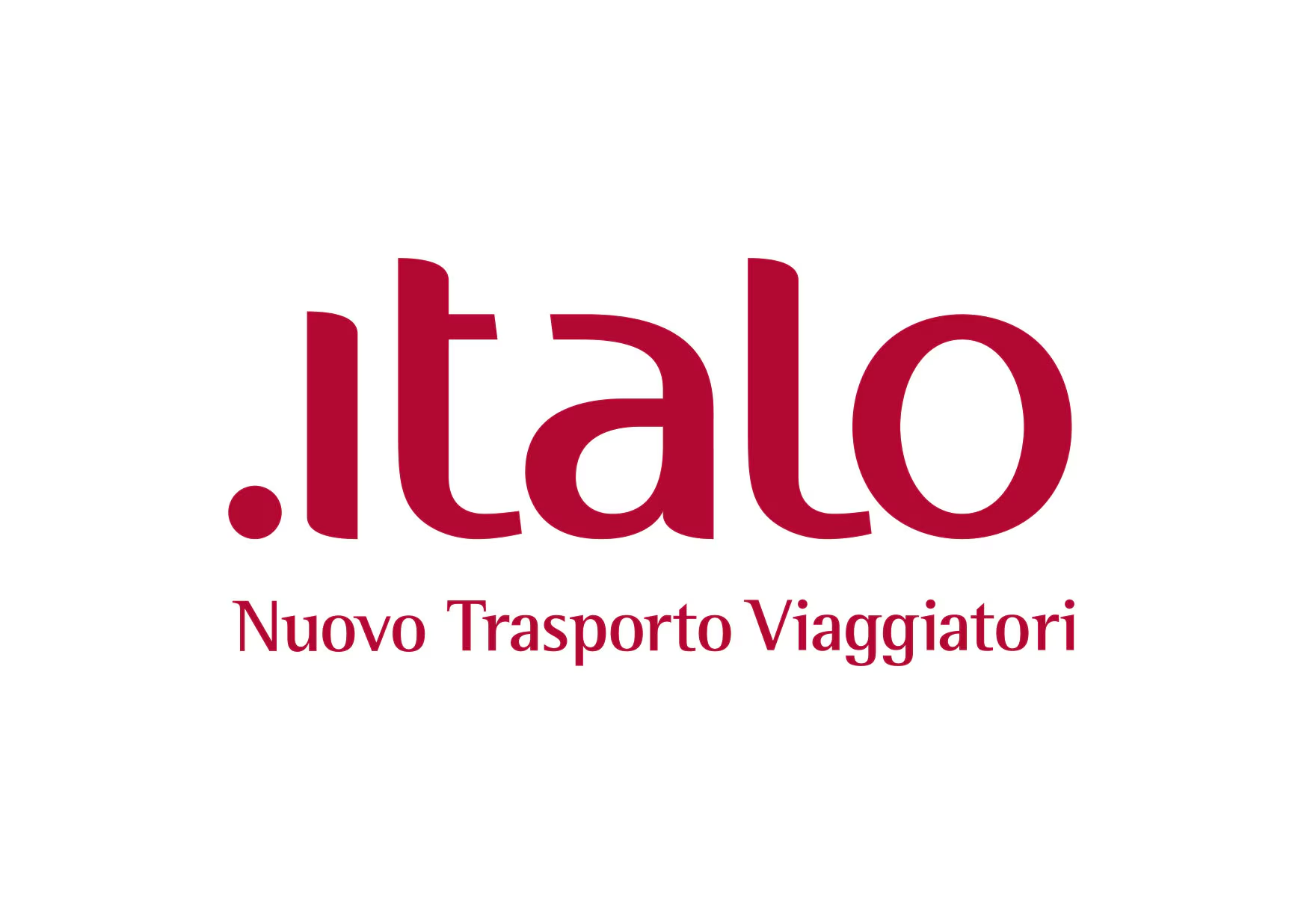
You can buy train tickets directly from the operator or through a reseller. The reseller is typically slightly more expensive (3-5%) but can provide an easier booking experience, especially if you travel with more than one operator.


These operators provide a complete journey either as a direct connection or through their partners. Even if a change of trains is involved, it’s all part of a single itinerary managed by the same train company or its partners, offering a smoother and more coordinated travel experience.

Some operators don’t run direct trains the whole way, but they serve either the departure or arrival station. In many cases, you can combine two of these operators to complete your journey by changing trains along the way. This is often a flexible and budget-friendly way to travel — especially if you’re comfortable piecing together your own itinerary.
Just keep in mind that these are separate journeys, which means a delay on the first leg could cause you to miss the second without automatic compensation or rebooking. It’s a great option for confident travelers who don’t mind a bit of extra planning.





Flixbus is primarily known for its intercity bus services rather than train services. It is a major transportation provider across Europe, offering a wide network of bus routes that connect numerous cities, including Copenhagen and Rome. However, if Flixbus does operate trains, it would be through its rail division known as FlixTrain. FlixTrain typically provides services in Germany and has expanded to other European countries.
FlixTrain operates with a focus on affordability and sustainability, often offering competitive prices compared to traditional train services. The trains are typically composed of second-hand rolling stock that has been refurbished to offer a comfortable travel experience. Passengers can expect basic amenities that may include Wi-Fi, power outlets, and access to snacks and beverages, though these can vary depending on the specific route and train configuration.
In terms of customer support, FlixMobility, the parent company of both FlixBus and FlixTrain, emphasizes digital customer service with comprehensive online booking options, real-time service updates, and customer support through their website and mobile app. They also offer phone support, but the efficiency and availability of this service can vary between countries.
Travellers are advised to check the FlixBus or FlixTrain website for the most current schedules, availability, and accurate service details, as routes and services may change. First-time travellers with Flix can benefit from booking tickets in advance to secure the best prices and ensure seat availability.
Traveling by train from Copenhagen to Rome involves crossing several countries. If you are a European resident, the Interrail Global Pass is valid for such an international journey as it covers travel across multiple countries, including Denmark, Germany, Austria, and Italy. The Interrail One Country Pass would not be valid for the entire trip as it is designed for travel within a single country. If you are not a resident of the EU, you can use a Eurail Pass for this journey, which also allows travel across multiple countries. However, note that neither Interrail nor Eurail is valid for travel solely within your country of residence, but they both cover the international segments of the journey.
Upon arriving in Rome by train, either at Termini or another main station like Tiburtina, you have several transportation options to navigate the city. For quick and efficient travel, consider using Rome’s metro system, which consists of three lines: Line A (orange), Line B (blue), and Line C (green). These lines connect key areas across the city, including major attractions and neighborhoods. Trams are another reliable option, with several lines running through central and suburban areas, perfect for scenic routes. Buses are abundant and cover routes that the metro and tram lines might not reach, though traffic can sometimes slow them down. For more personalized travel, taxis are readily available at designated stands near train stations and major tourist attractions. Look for official white taxis with a taxi sign on the roof and a meter inside. Alternatively, ridesharing services like Uber and Free Now provide convenient app-based booking options across the city. When using public transport, purchasing tickets in advance is advisable. Tickets are valid for buses, trams, and the metro and can be bought at vending machines, newsstands, or via mobile apps. Always validate your ticket upon boarding to comply with local regulations.
Rome serves as a central hub for train travel in Italy, offering numerous connections both domestically and internationally. Domestically, high-speed trains, operated by Trenitalia and Italo, connect Rome to major cities like Milan, Florence, Venice, and Naples. The Frecciarossa, Frecciargento, and Italo trains are renowned for their speed and comfort. For example, the journey from Rome to Milan takes about three hours, while Florence is approximately 90 minutes away. Regional trains provide access to smaller cities and cultural destinations such as Pisa, Assisi, and Siena. Internationally, Rome is connected to several European cities via overnight and high-speed trains. Thello offers overnight services from Rome to Paris, with a change typically in Venice. For Swiss destinations, travelers can reach Geneva and Zürich by taking a train to Milan and then transferring to Swiss Railways. Railjet offers connections to Vienna with a transfer usually required in Venice. These routes highlight the efficiency and range of rail travel from Rome, making it an excellent base for exploring both Italy and other parts of Europe.
The best times to visit Rome are generally during the spring months of April to June and the fall months of September to October. During these periods, the weather is pleasant, with mild temperatures and less rain, ideal for exploring the city’s outdoor attractions. Springtime sees the city bloom and offers festive events like Easter celebrations. Fall is similarly charming, with fewer crowds than the peak summer period.
Train travel to Rome during these shoulder seasons is often more affordable compared to the summer months when prices tend to spike due to high tourist demand. Additionally, accommodation and attraction prices are generally lower, and availability is better, allowing you to enjoy the city without the intense hustle and bustle of peak tourist season.
In spring, visitors can also enjoy events such as Rome’s Natale di Roma, celebrating the city’s founding with parades and historical reenactments. Meanwhile, fall offers cultural happenings like the Romaeuropa Festival, showcasing contemporary performance arts, and the Testaccio Festival, celebrating traditional Roman cuisine and culture. Visiting Rome during these times will provide a balanced experience of enjoyable weather, interesting events, and manageable expenses.
When traveling from Copenhagen to Rome by train, it is essential to pack your passport or national ID card for travel within the Schengen Area, and consider having your European Health Insurance Card if applicable. Ensure you have any necessary visas or travel authorizations if required. Pack electronics and chargers, including a power bank for convenience during the journey, along with a Type C or Type L power adapter for Italy. A lightweight, versatile clothing selection is crucial, taking into account differing climates; consider layering and including comfortable shoes for exploring. A reusable water bottle and snacks will keep you sustained on long train legs, while an eye mask and travel pillow can enhance comfort during the ride. Travel-sized toiletries, a packable daypack for excursions, and a lightweight umbrella or raincoat are also practical. Don’t forget to bring e-tickets or printed tickets for your train journey, a map of Rome or guidebook, and phrasebooks or apps for basic Italian phrases. Credit cards and some euros for cash transactions can be helpful, as well as any personal health items or medications.